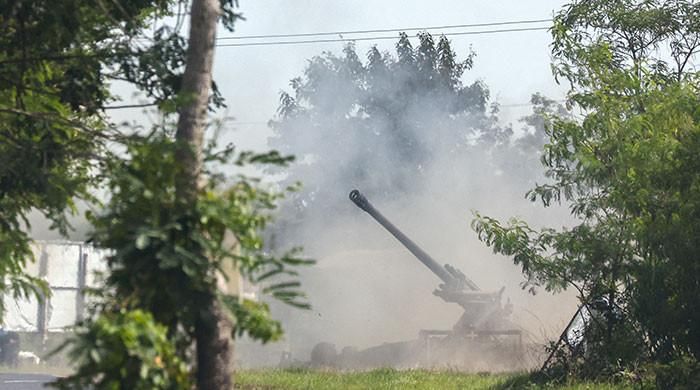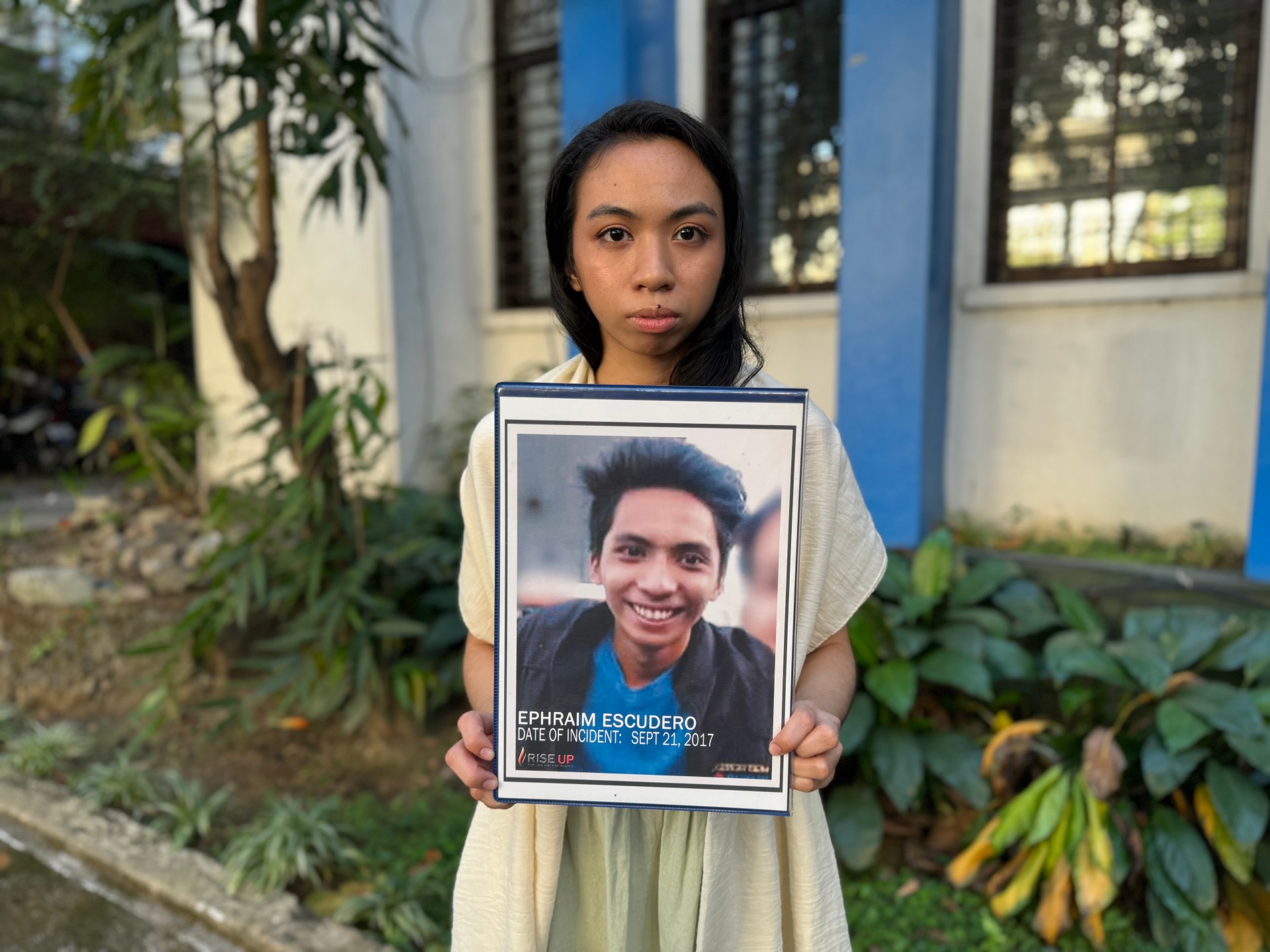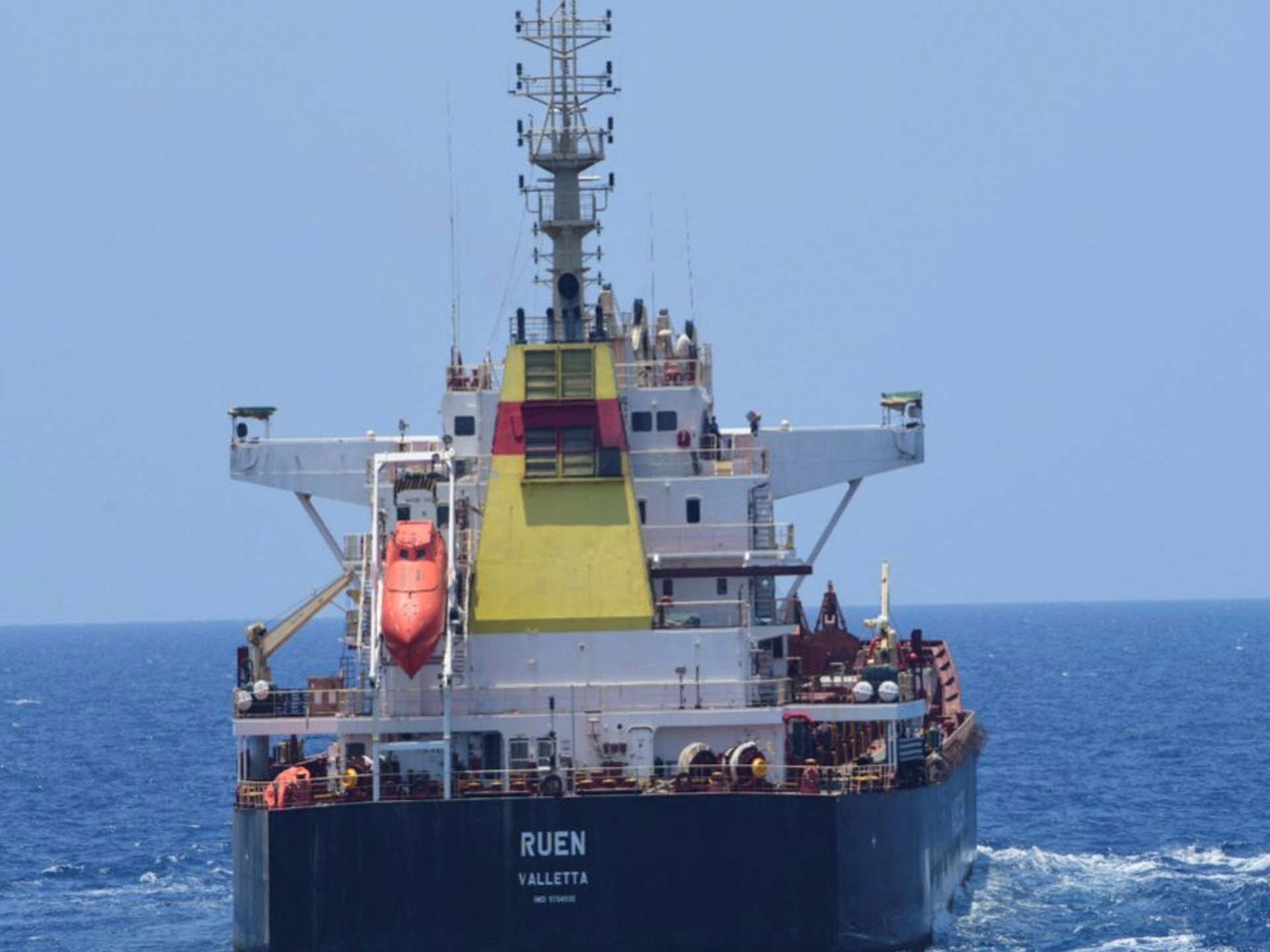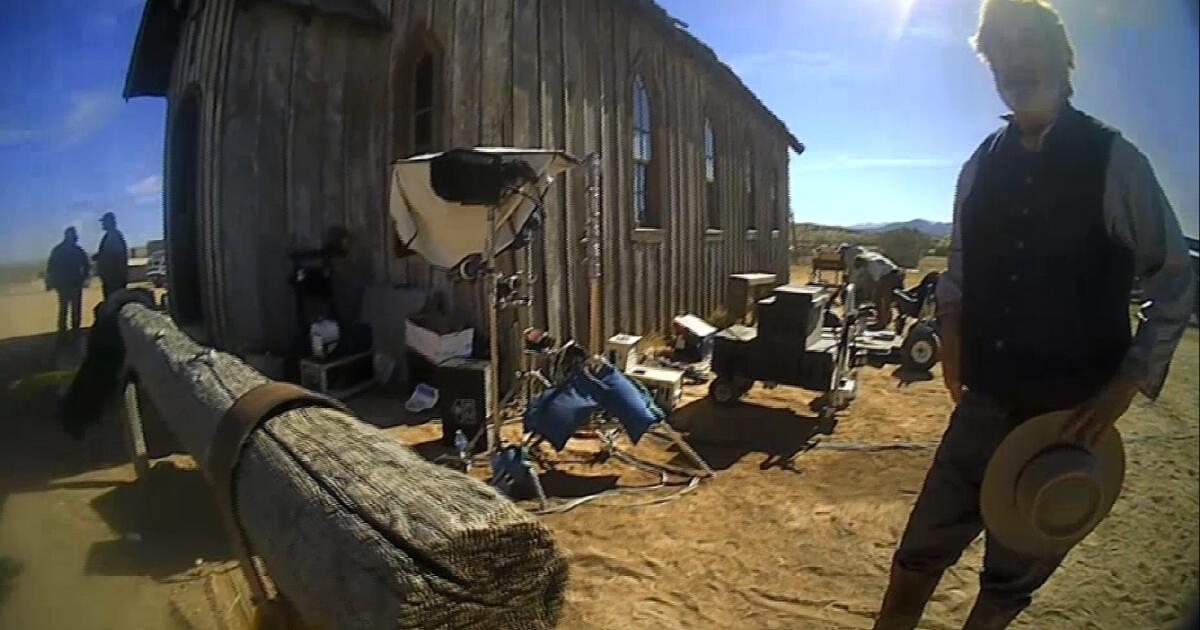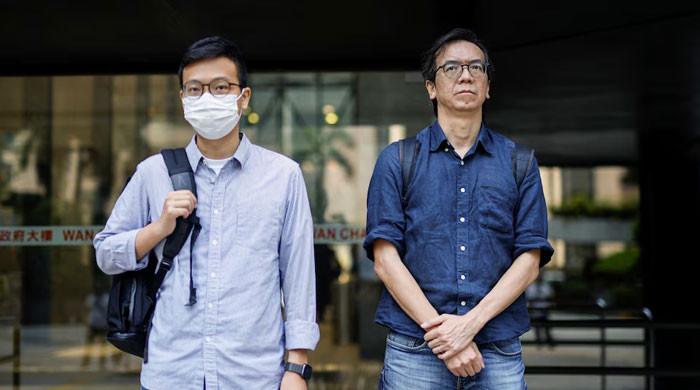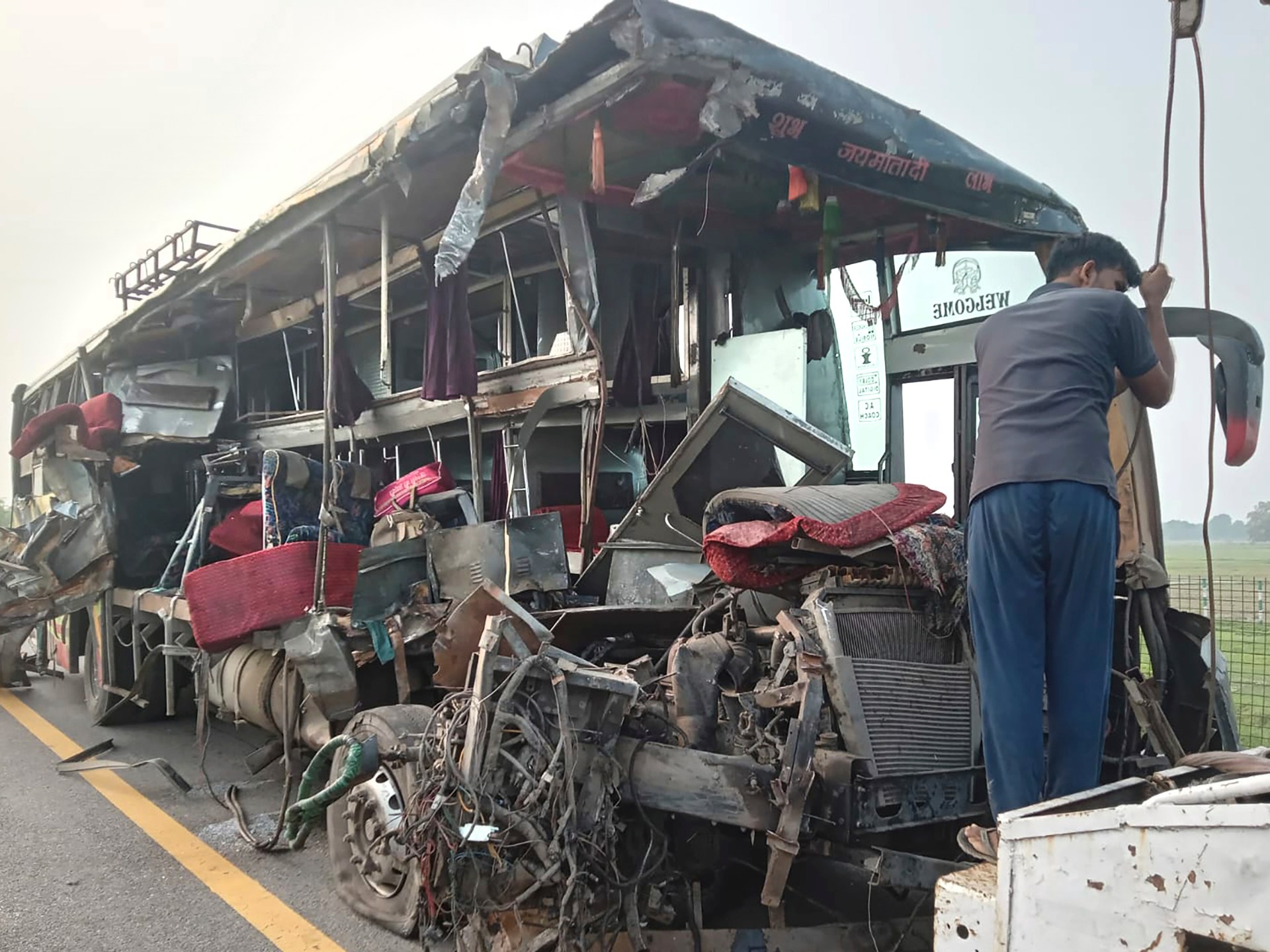Thailand and Cambodia are dedicated to their worst fighting in more than a decade, exchanging heavy artillery fire through their disputed border, with at least 16 people killed and tens of thousands displaced.
The tensions began to increase among the residents of Southeast Asia in May, after the murder of a Cambodian soldier during a brief exchange of shooting, and have constantly intensified since then, triggering diplomatic tents and now, armed clashes.
What is the current situation?
The clashes broke out between the two early countries on Thursday throughout an area in dispute that placed an old temple, quickly spilled to other areas along the disputed border and the heavy artillery exchanges continued for the second consecutive day.
Thailand reminded its ambassador to Phnom Penh on Wednesday and expelled the envoy of Cambodia, in response to a second Thai soldier who lost a limb due to a terrestrial mine that Bangkok claimed that he had recently been placed by rival troops. Cambodia called that accusation without foundation.
Both parties accuse each other to shoot the first shots that began the conflict on Thursday, which so far have claimed the lives of at least 15 civilians, most of them on the Thai side.
Cambodia has deployed rocket launchers mounted on trucks, which Thailand says that they have been used to attack civil areas, while the Thai armed forces sent F-16 combat planes made in the United States, using one to bombard military objectives through the border.
Some 130,000 people have been evacuated from the border areas in Thailand to safer places, while some 12,000 families on the Cambodian side have moved away from the first -line lines, according to local authorities.
Where does the dispute originate?
Thailand and Cambodia have for more than a century of sovereignty contested in several points not highlighted along its land border of 817 km, which France mapped for the first time in 1907 when Cambodia was his colony.
That map, which Thailand later played, was based on an agreement that the border would be demarcated along the natural basin line between the two countries.
In 2000, the two countries agreed to establish a commission of joint limits to peacefully address overlapping claims, but little has been advanced to resolve disputes.
Claims on the ownership of historical sites have increased nationalist tension between the two countries, especially in 2003 when the protesters set fire to the Thai Embassy and the Thai companies in Phnom Penh on an alleged comment of a Thai celebrity who questioned the jurisdiction on the temple of Angkor Wat of Cambodia.
What were the previous inflammation points?
A sixteenth -century Hindu temple called Preah Vihear, or Khao Phra Viharn in Thailand, has been in the heart of the dispute for decades, with Bangkok and Phnom Penh claiming historical property.
The International Court of Justice granted the temple to Cambodia in 1962, but Thailand has continued to claim the surrounding land.
The tension intensified in 2008 after Cambodia tried to list the Preah Vihear temple as a Unesco World Heritage site, which led to skirmish for several years and at least a dozen deaths, even during an artillery exchange of a week in 2011.
Two years later, Cambodia sought the interpretation of the verdict of 1962 and the ICJ again ruled in his favor, saying that the earth around the temple was also part of Cambodia and ordering the Thai troops to retire.
What is behind recent problems?
Despite the historical rivalry, the current governments of Thailand and Cambodia enjoy warm ties, partly due to the close relationship between their ancient leaders, Thailand Thaksin Shinawatra and Hun Sen. of Cambodia.
But the nationalist feeling has increased in Thailand after the conservatives last year questioned the government's plan to negotiate with Cambodia to jointly explore energy resources in unpaid maritime areas, warning that such a measure could risk Thailand losing the island of Koh Kood in the Gulf of Thailand.
Tensions also increased in February when a group of Cambodians escorted by troops sang their national anthem in another ancient Hindu temple that both countries affirm, ta twin thom, before being arrested by Thai soldiers.
An effort by then Thai Prime Minister Paetongtran Shinawatra, Thaksin's daughter, to reduce the situation in a call last month with Hun Sen, spectacularly failed after a recording of the conversation was initially leaked and then launched entirely by the Cambico leader.
In the call, the 38 -year -old prime minister seemed to criticize a commander of the Thai Army and Kowtow to Hun Sen, drawing public fury and a complaint from a group of senators, which led to his suspension for a court order on July 1.
Has there been any resolution effort?
After the shock of May 28, both countries quickly promised to relieve tension, avoid more conflicts and seek dialogue through their joint Border Commission at a meeting on June 14.
The neighbors have issued diplomatically written statements that commit to peace while promising to protect sovereignty, but their military has been mobilizing near the border.
Meanwhile, Cambodia said that the existing mechanisms were not working and that he planned to refer disputes in four borders to the ICJ to solve “unresolved and sensitive” problems that, he said, could increase tensions.
Thailand has not recognized the decisions of the ICJ in the row and wants to solve it bilaterally.
Since Thursday's clashes, Cambodia has written to the United Nations Security Council, urging the body to convene a meeting to stop what he describes as “unpronted and premeditated military aggression” by Thailand.
Thailand, on the other hand, wants to resolve the conflict through bilateral negotiations, but says that conversations can only take place after Cambodia ceases violence.

